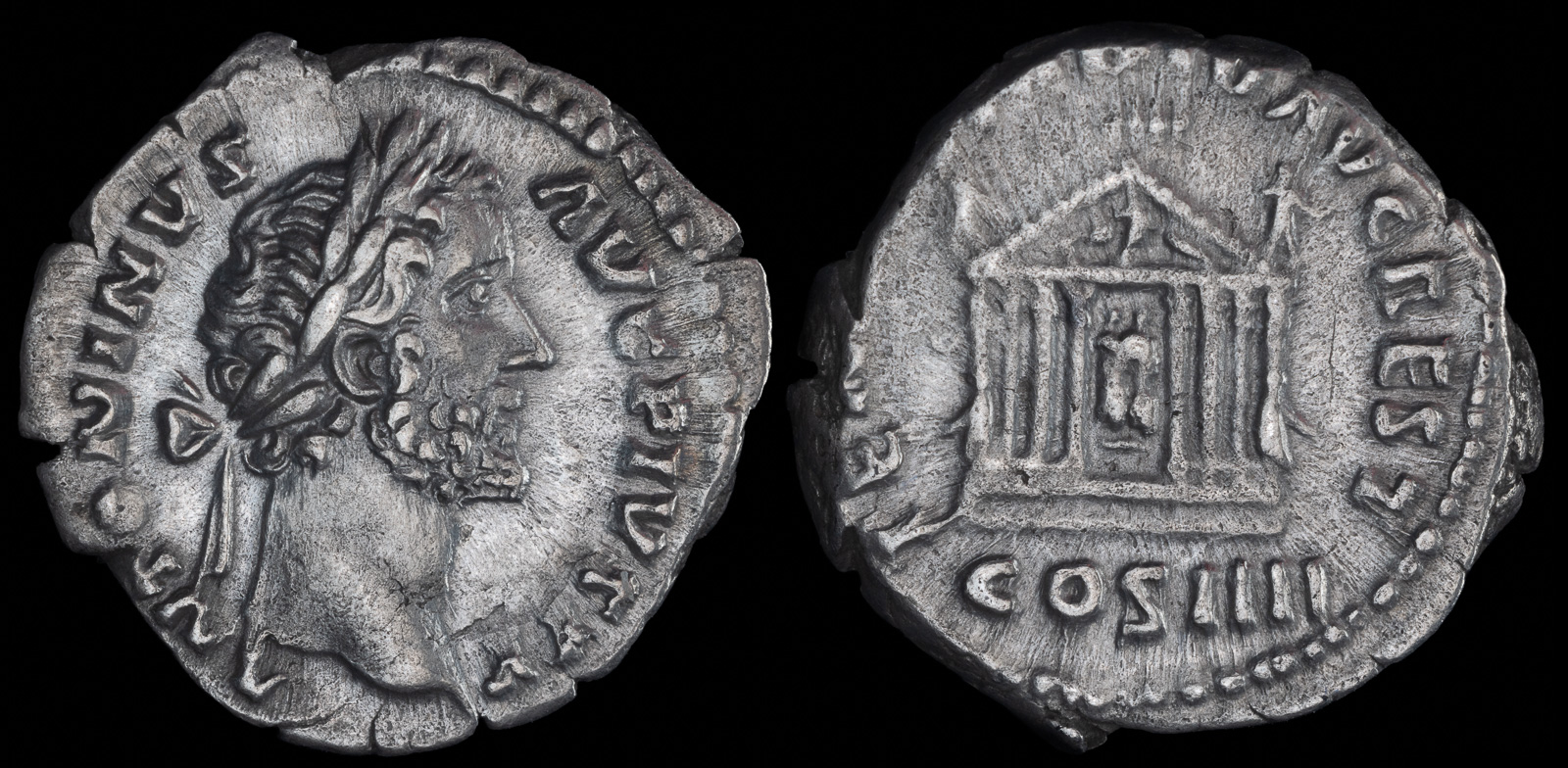Temple
View All Tags
Doric Order: The Doric style is the oldest and simplest of the three orders, emerging around the 7th century BCE. Doric columns are characterized by their sturdy, fluted shafts and simple capitals, often without a base (the column directly rests on the stylobate or the temple’s platform). The capital of a Doric column consists of a circular echinus and a square abacus. Doric temples often have a more massive, robust appearance, reflecting strength and permanence. The Parthenon in Athens, dedicated to Athena, is one of the most famous examples of a Doric temple. Doric temples typically featured a frieze divided into metopes (rectangular panels) and triglyphs (three vertical grooves) along the upper part of the walls, under the cornice.
Ionic Order: The Ionic order developed later, around the 6th century BCE, and is known for its more elegant and refined proportions compared to the Doric style. Ionic columns are typically slimmer and taller than Doric columns and have a more elaborate capital, featuring volutes (spiral scroll-like shapes). Ionic temples also feature a base for the columns, providing additional sophistication and height. The Temple of Athena Nike in Athens is a famous example of the Ionic order. Ionic temples often had a continuous frieze (a long, horizontal band of decoration), which could depict scenes from mythology or everyday life. The Ionic style was used more in the eastern part of Greece and in the islands.
Corinthian Order: The Corinthian order is the most ornate and intricate of the Greek architectural styles, and it became widely used in the later phases of Greek architecture, particularly in the 4th century BCE. The columns in the Corinthian style are similar to the Ionic columns in their slender proportions but are distinguished by their highly decorative capitals, which are adorned with acanthus leaves, scrolls, and floral motifs. The Temple of Olympian Zeus in Athens is an example of a Corinthian temple, though the style became most prominent during the Hellenistic period and later, in Roman architecture. The Corinthian order was considered the most luxurious and suited for grand, monumental buildings.
In addition to these three primary architectural orders, Greek temples could also exhibit variations in their structure, such as the peripteral design (a single row of columns surrounding the temple on all sides) or the dipteral design (a double row of columns). The size and layout of temples also varied, from smaller local shrines to grand monumental structures intended to honor the gods and serve as centers for religious worship. While the Doric order was often used for temples dedicated to male gods (such as Zeus and Apollo), the Ionic and Corinthian orders were frequently associated with temples for female deities, such as Athena or Artemis, reflecting the different characteristics and cultural symbolism attributed to these gods.

Antoninus Pius 159 CE
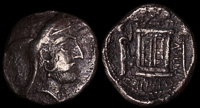
Bagadat of Persis 3rd century BCE
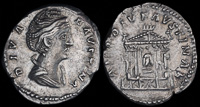
Diva Faustina Sr 146 CE
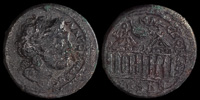
Koinon of Macedon 218-222 CE
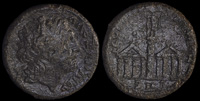
Koinon of Macedon 222-235 CE
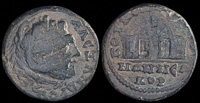
Koinon of Macedon 238-244 CE
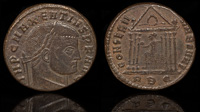
Maxentius 308-310 CE

Olbasa, Pisidia 235-238 CE

Volusian 251-253 CE
